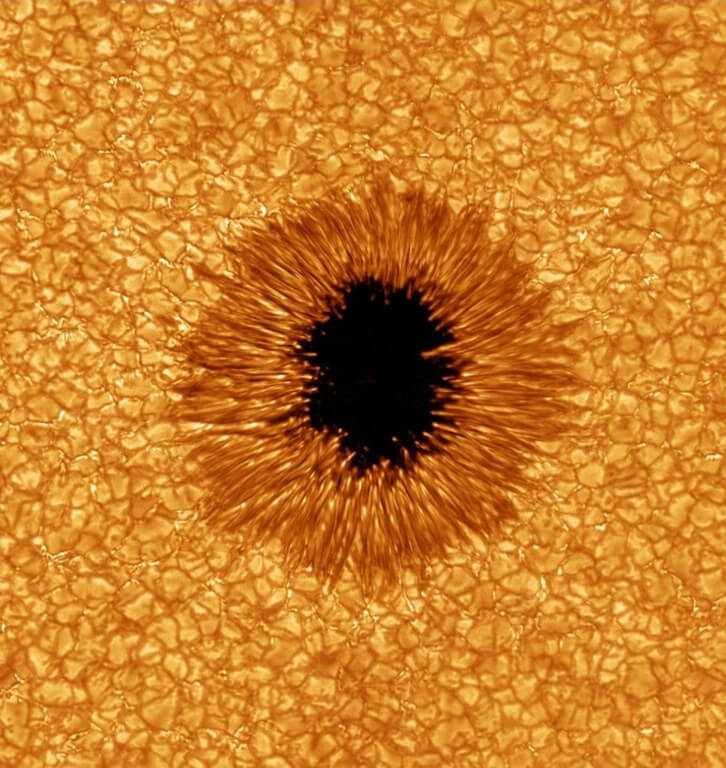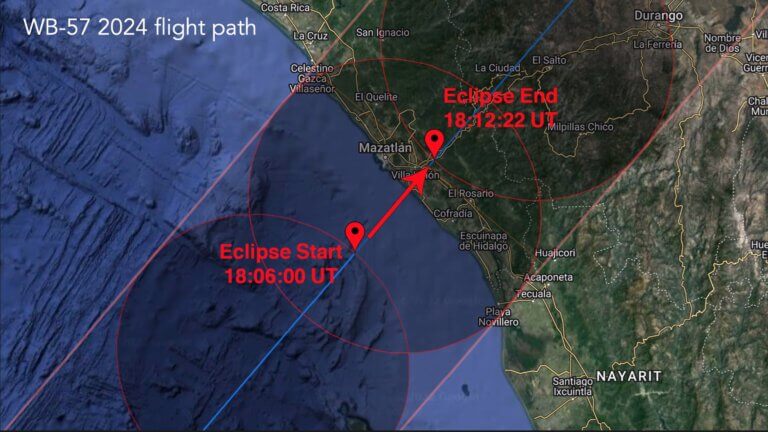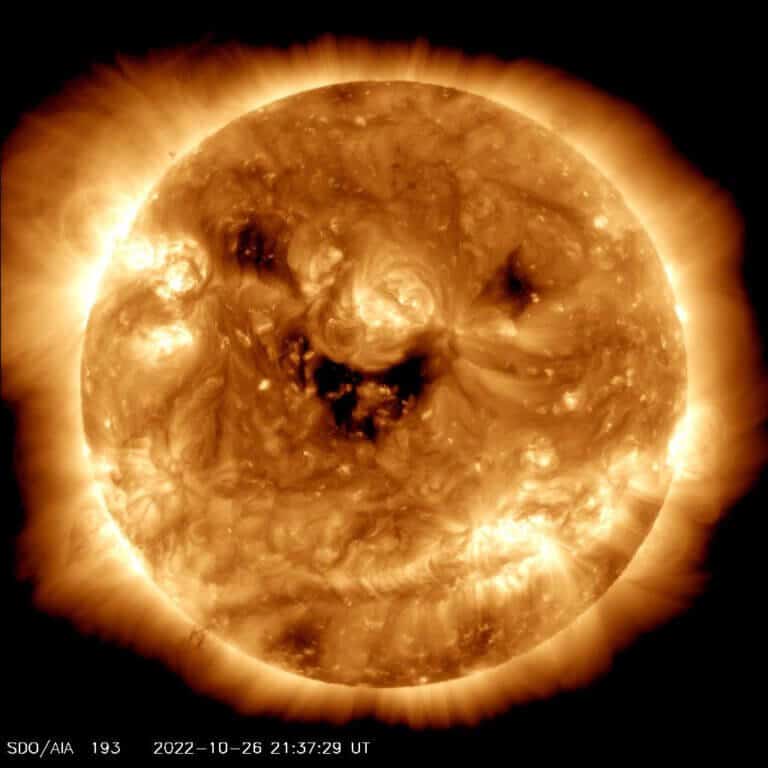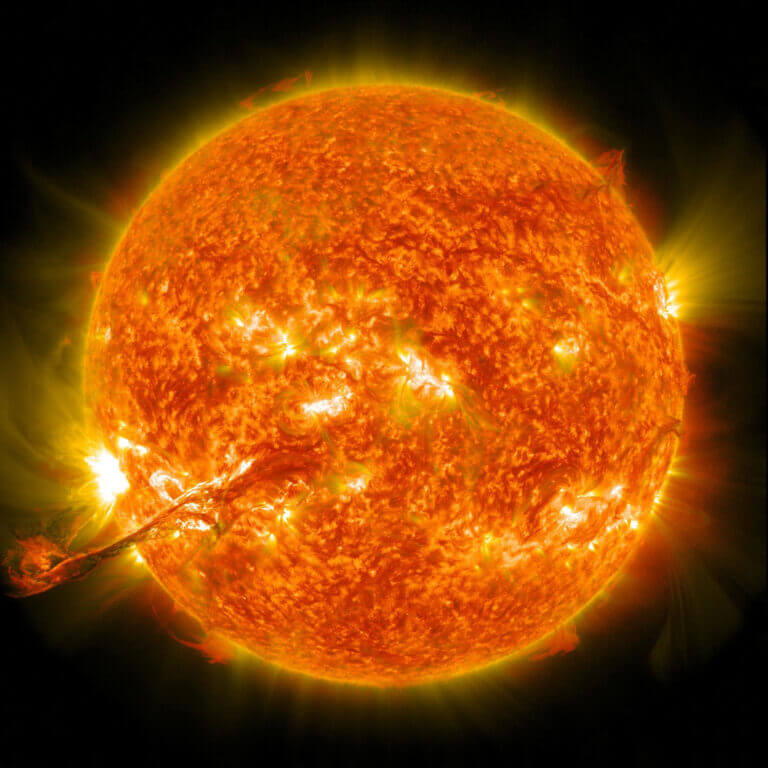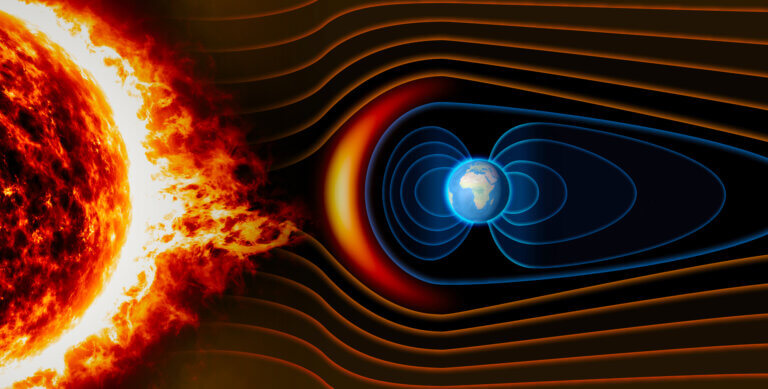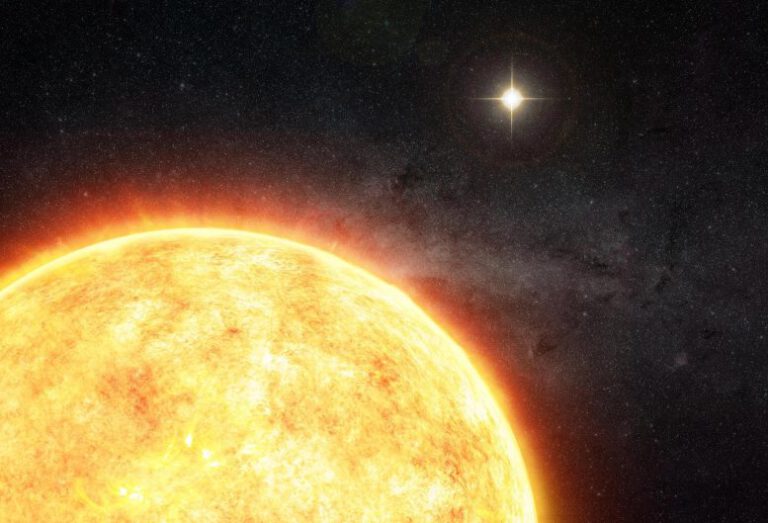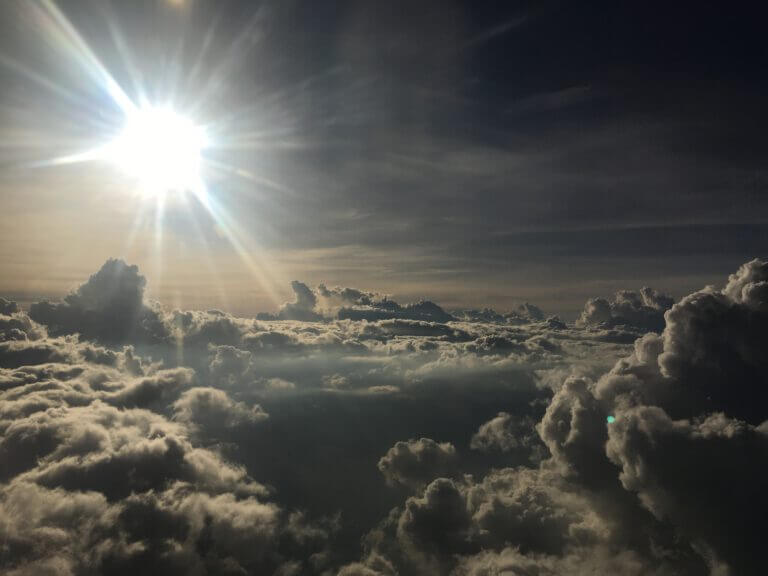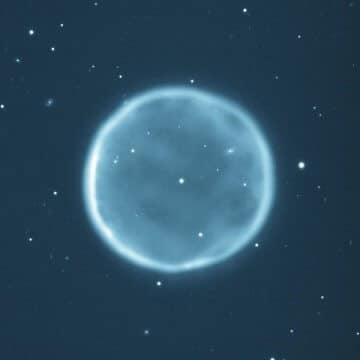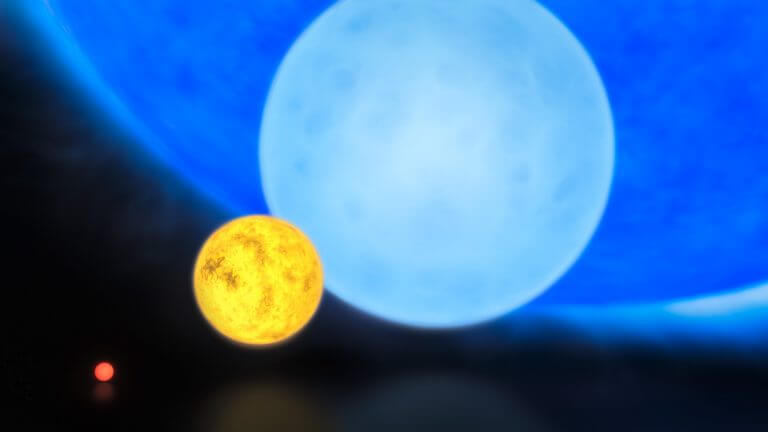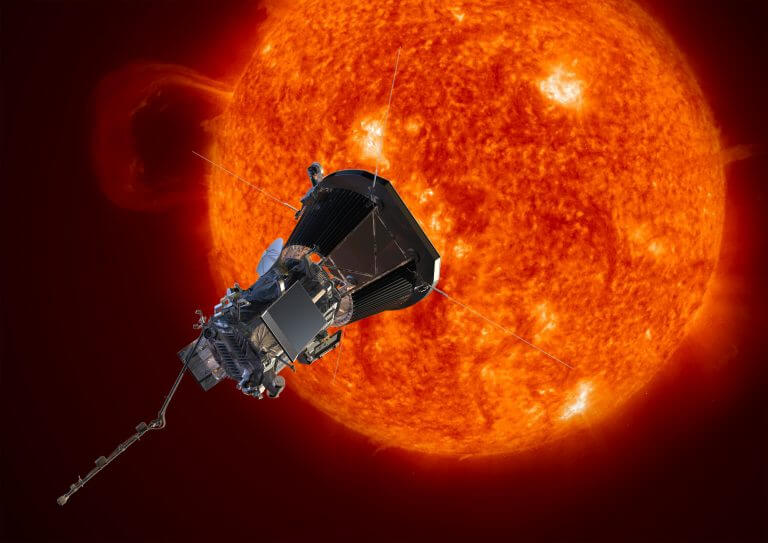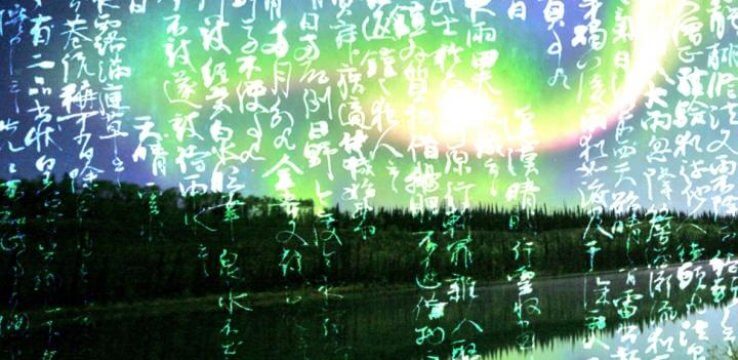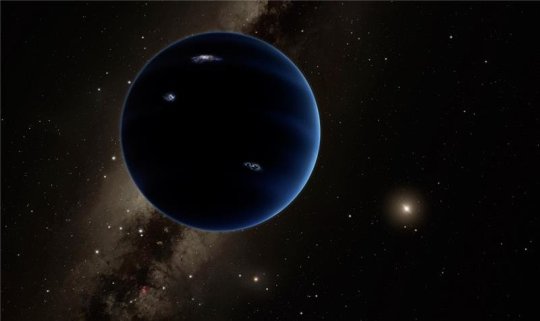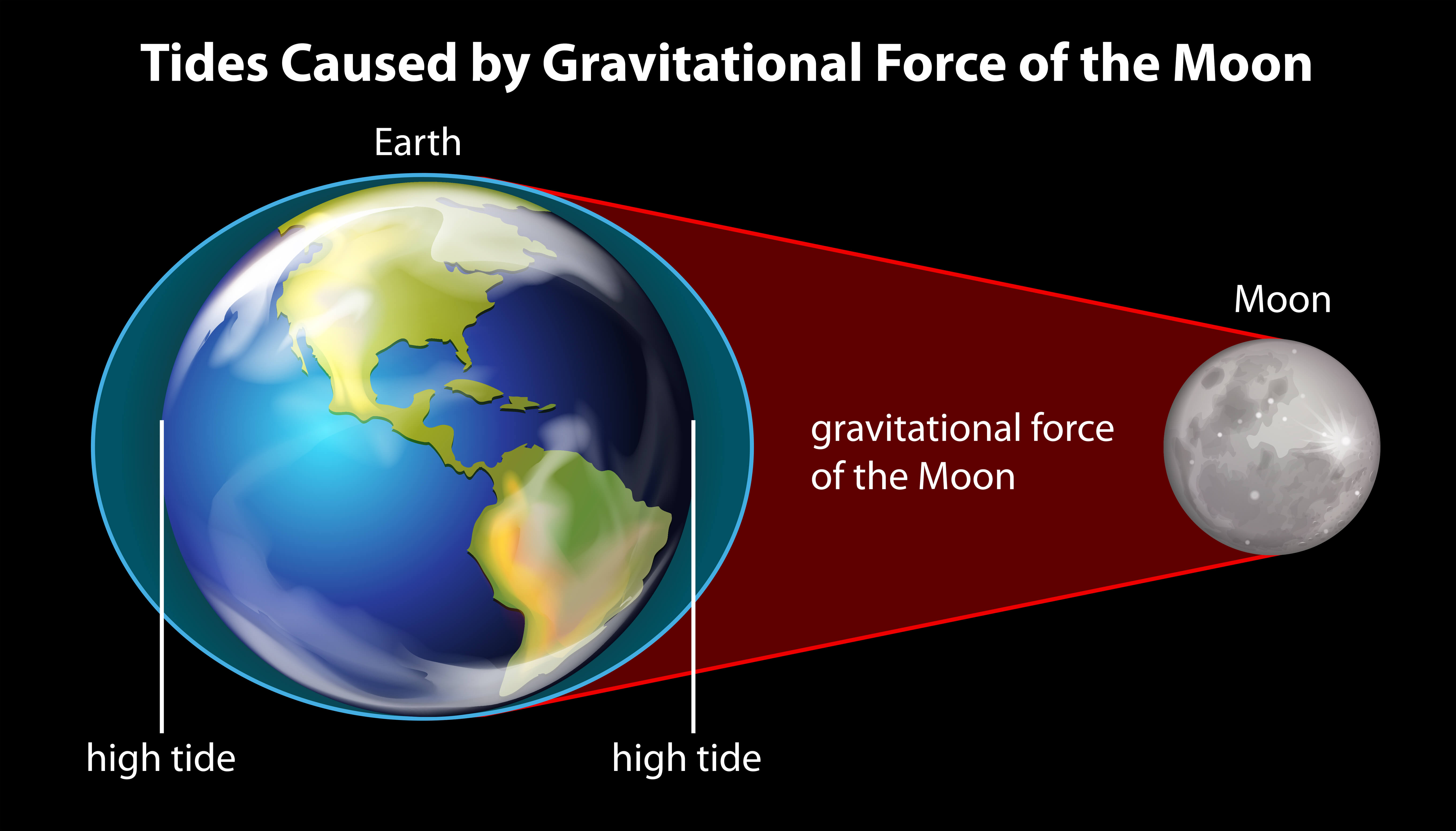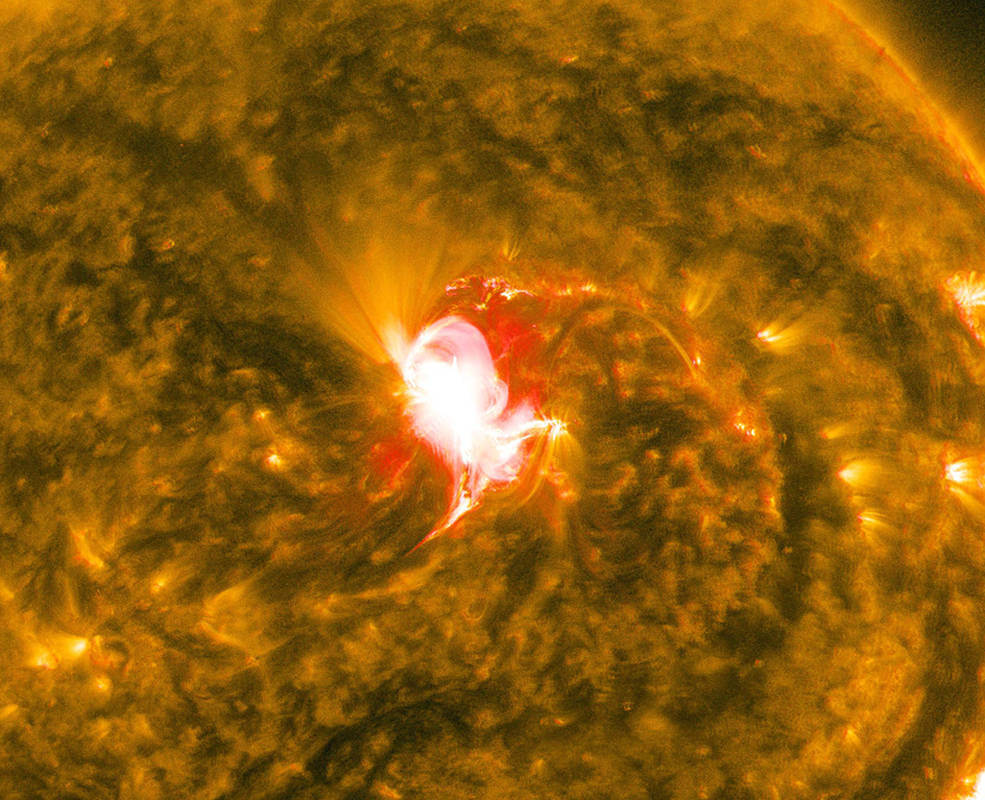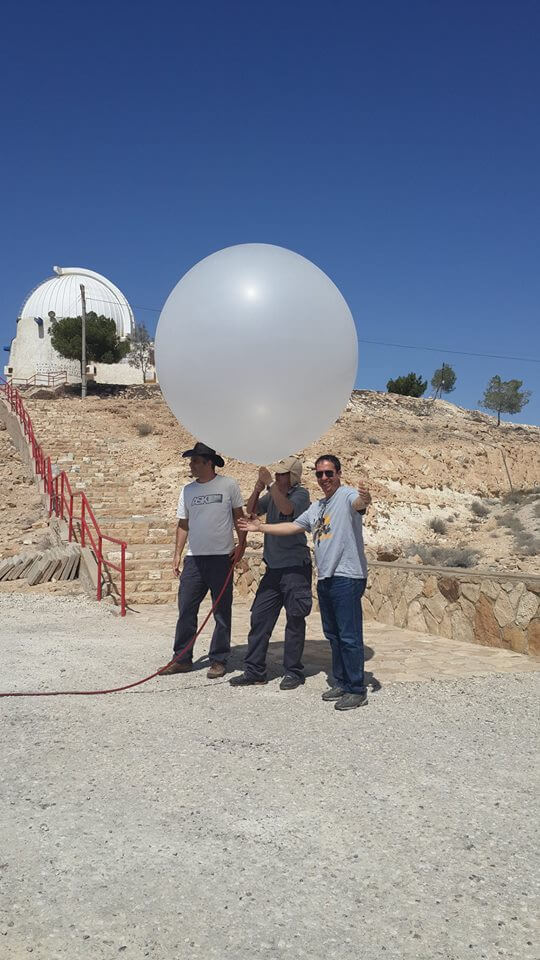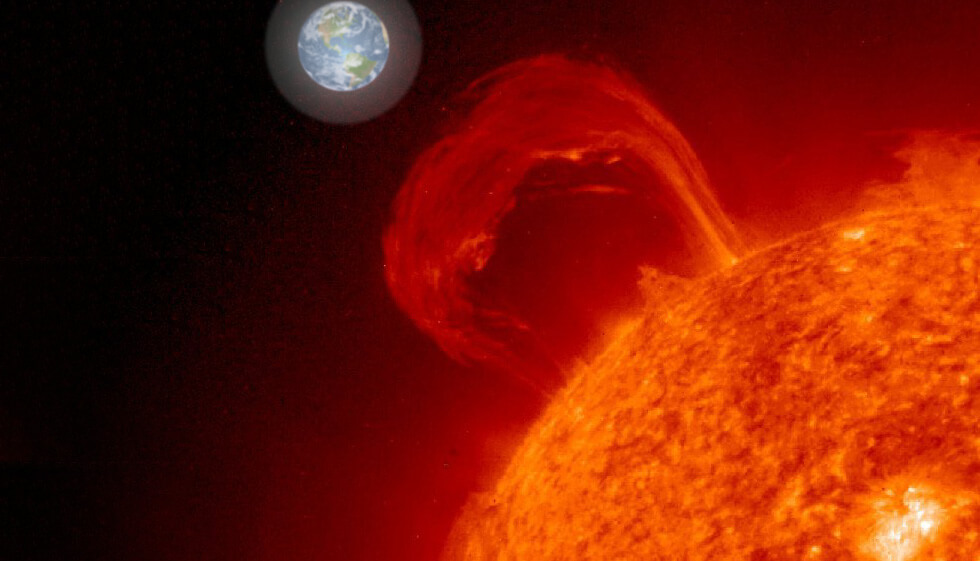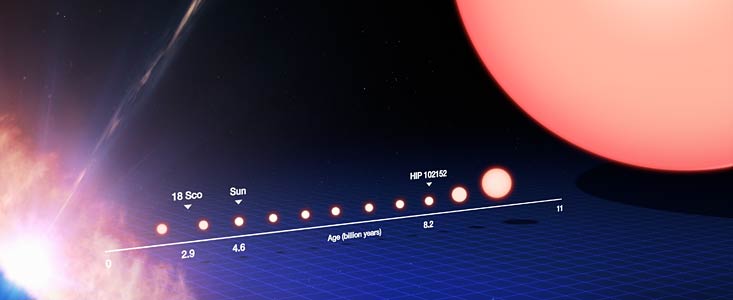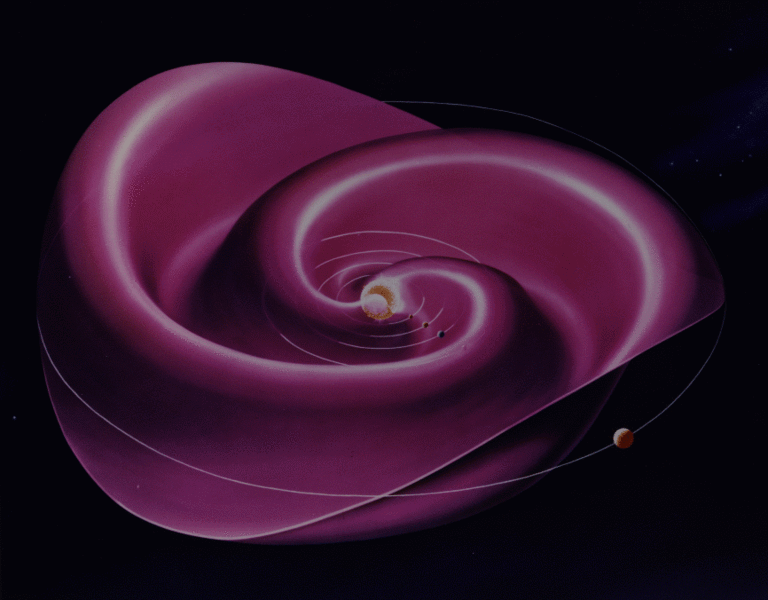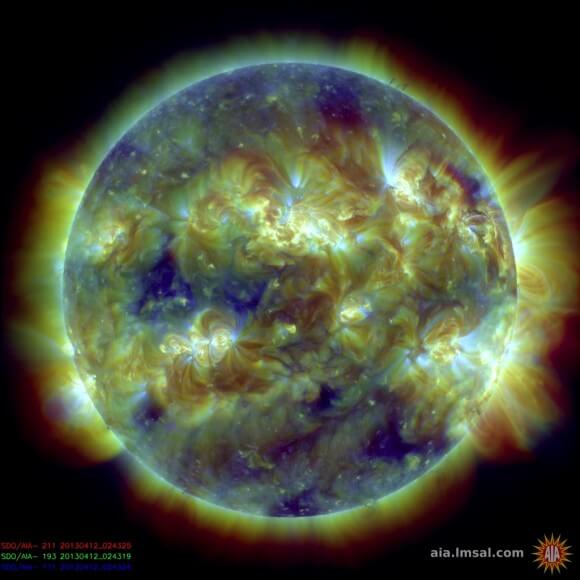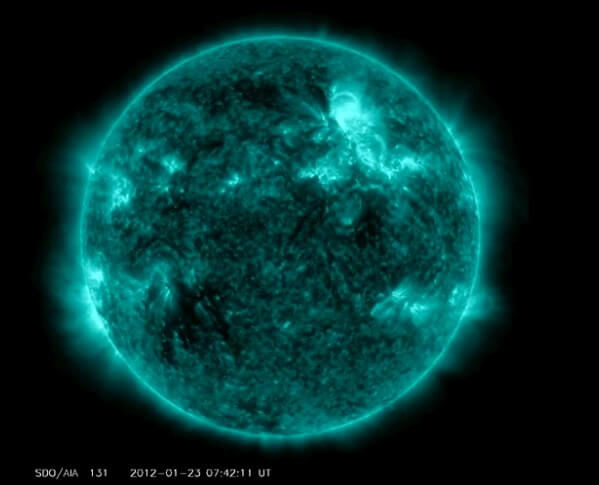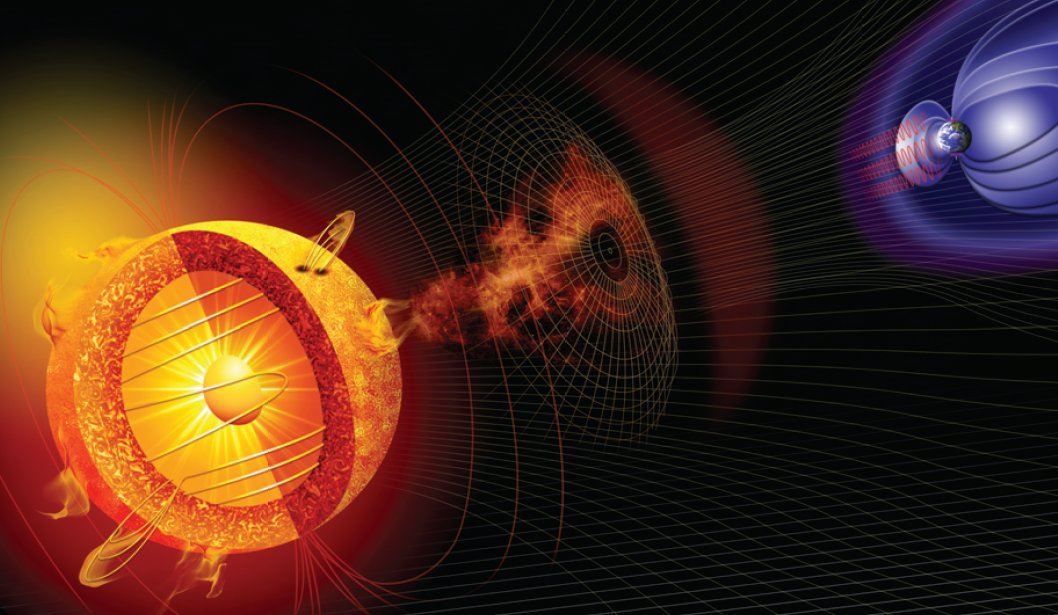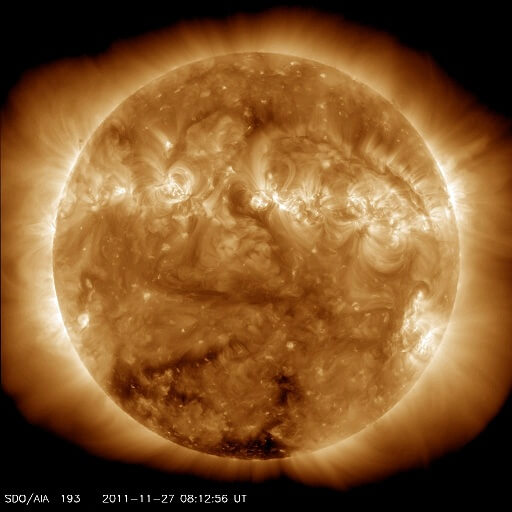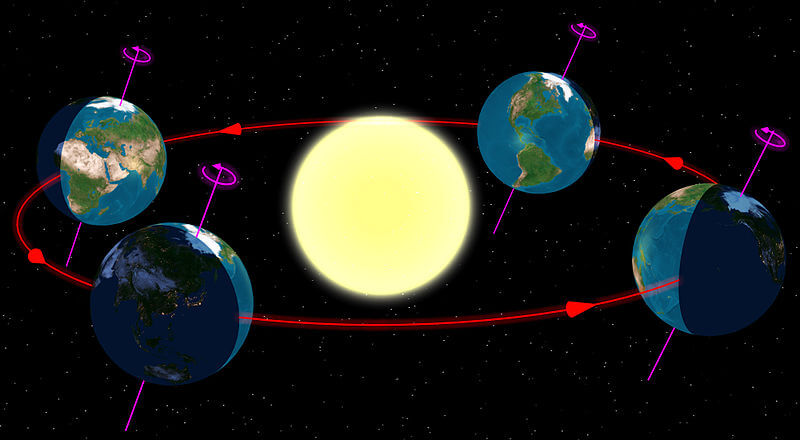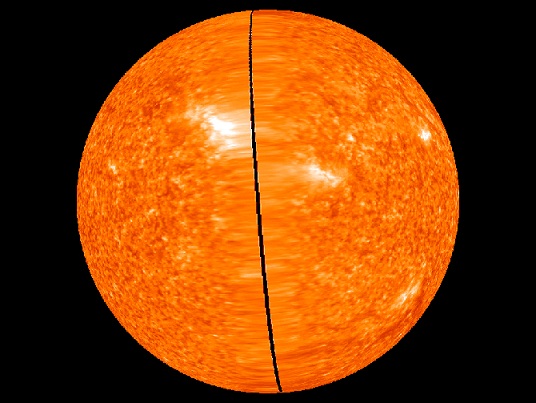Hayadan > Space and astronomy > Solar System > The sun
The sun
- Avi Blizovsky
- April 3, 2024
- One response
In late March 2024, NOAA satellites detected strong solar activity, including a powerful solar flare and coronal mass ejection (CME), which led to the strongest geomagnetic storm since 2017
- Avi Blizovsky
- April 1, 2024
- One response
Prof. Caspi, from the University of Colorado presents the results of the experiments in the solar eclipse of 2017, on the multi-channel camera that will fly on a NASA plane
- Avi Blizovsky
- November 5, 2022
- One response
These dark spots on the Sun, visible in ultraviolet light, are called coronal holes and are areas where fast solar wind bursts out into space. By chance, they managed to take a photo that looked like the sun was smiling.
- Avi Blizovsky
- September 2, 2021
- 6 תגובות
Scientists are making another small step towards cracking the mysteries of space weather
- Ariel University
- January 26, 2021
- One response
Weather forecasting in space, which may affect the activity of satellites, the health of astronauts and the power grids about 24 hours before the occurrence, can be done using machine learning methods that rely on past events in combination with measurements in the atmosphere
- Avi Blizovsky
- September 8, 2020
- 14 תגובות
Harvard University scientists say the Sun may once have had a binary companion with a similar mass. If the theory is confirmed, the presence of an ancient companion star increases the likelihood that the Oort cloud formed as it is observed and the ninth planet was trapped rather than formed within the solar system.
- Science site The Conversation
- May 16, 2020
- 9 תגובות
- Avi Blizovsky
- May 10, 2018
- 4 תגובות
- Guest article
- June 22, 2017
- 3 תגובות
- Elisef Kosman
- June 1, 2017
- 12 תגובות
- Avi Blizovsky
- April 10, 2017
- No comments
- Avi Blizovsky
- November 7, 2016
- 7 תגובות
- Young Galileo
- September 16, 2016
- 2 תגובות
- Young Galileo
- September 14, 2015
- One response
- Avi Blizovsky
- June 24, 2015
- No comments
- The science service
- October 22, 2014
- One response
- Avi Blizovsky
- March 16, 2014
- No comments
- Avi Blizovsky
- September 10, 2013
- 5 תגובות
- Universe Today
- August 10, 2013
- 6 תגובות
- Universe Today
- April 22, 2013
- 11 תגובות
- Avi Blizovsky
- January 25, 2012
- 35 תגובות
- Oded Avraham
- November 29, 2011
- 10 תגובות
- Avi Blizovsky
- November 28, 2011
- One response
This is what Dr. Ofer Cohen of the Harvard-Smithsonian Observatory says, during the "Solar Cycle No. 24 and its Impact on Ground and Space Infrastructures" seminar that took place yesterday at the Open University
- Avi Blizovsky
- June 21, 2011
- 5 תגובות
- Avi Blizovsky
- February 7, 2011
- 7 תגובות

